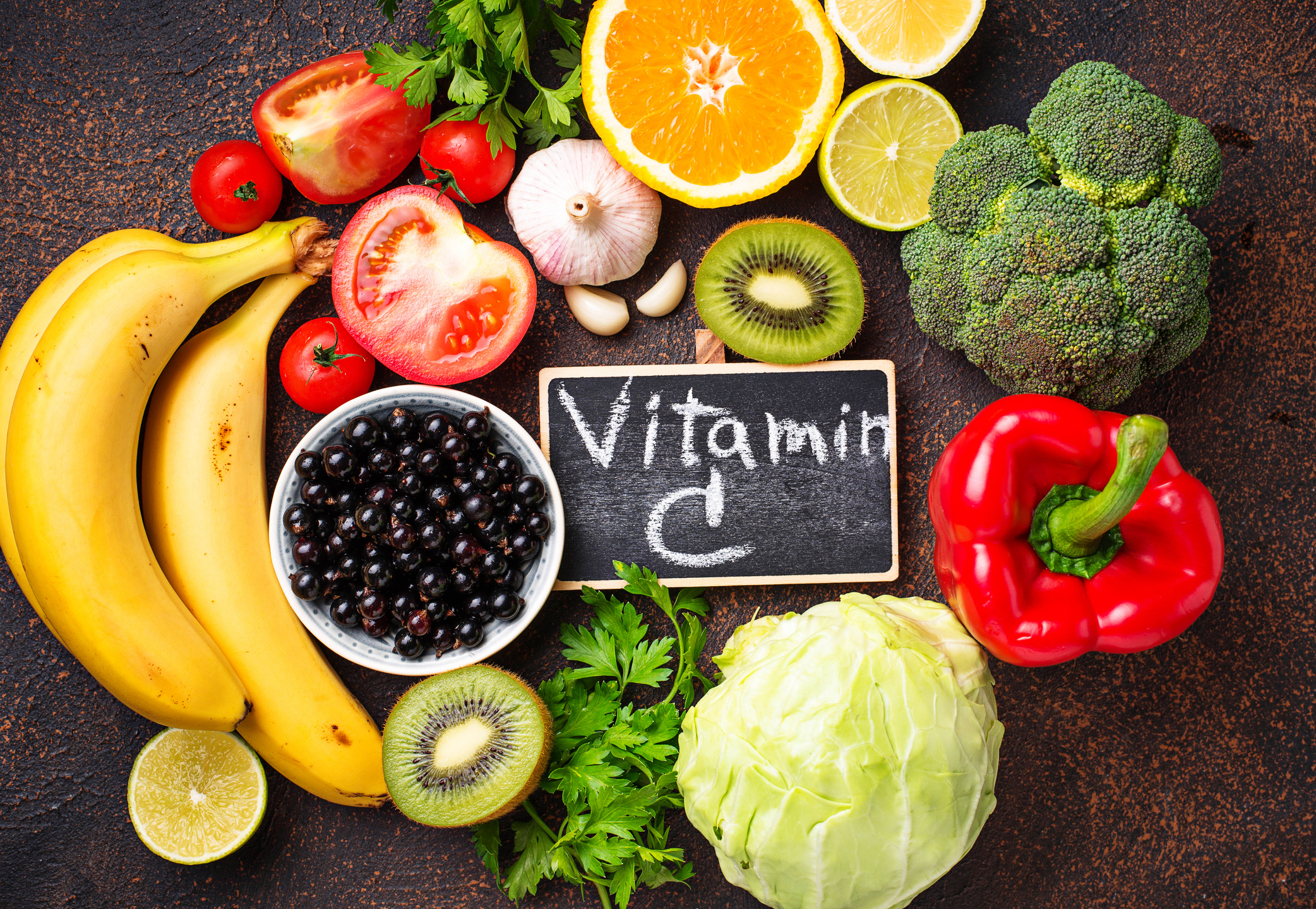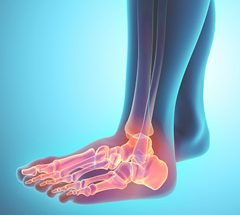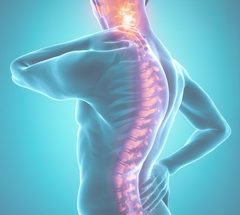
Scurvy was the scourge of sailors for thousands of years, specifically between the 16th and 18th centuries. Scurvy is a dietary deficiency caused by a lack of vitamin C. The body doesn’t naturally make vitamin C, so it must come from citrus fruits (or juices, yum!), leafy vegetables (slightly less fun to drink in juice form), or supplements.
Sidebar: vitamin C is also prevalent in red chili peppers (spice it up!), guavas (where can we get some?) red cabbage (enough said), as well as broccoli, bell pepper, cauliflower, kale, papaya, strawberries, Brussel’s sprouts, potatoes, and much more.
The British navy figured out the solution to the scurvy problem in the 18th century and subsequently stored citrus fruits aboard all its ships. British sailors received lime and lemon juice rations (pucker up), earning the nickname “Limeys” among American sailors who either didn’t know about scurvy, or didn’t believe in the treatment.
So what’s this got to do with our 21st century existence? While we modern landlubbers don’t have to worry about scurvy, we do have to remain vigilant about our bone health, and vitamin C plays an important role because it’s an essential micronutrient, effective cell protector, immunity booster, and prevents osteoporosis because of its ability to increase bone density.
How?
Vitamin C is essential to the formation of collagen, a.k.a. the foundation that bone mineralization is built on. It’s also water soluble, so the most common reason for low levels is poor intake. That means we can control our own bone density destiny with a little self-care.
That’s right, since we’re not bobbing in the Atlantic in the 1700’s, we can get a handle on our bone health easily. So with the holidays coming up (specifically holiday eating—looking at you, extra carbohydrates), and lots of excuses to reduce muscle- and bone-strengthening exercise regimens thanks to our forthcoming (and infamous) dripping, chilling, gloom, let’s get those bones protected, vitamin C-style. Eat the aforementioned fruits and veggies. Take some supplements. Add some lemon juice to your water. Whatever it takes…because while many scientists and doctors still disagree on the validity of vitamin C intake improving bone density, several studies show vitamin C plays a role in collogen formation, bone matrix development, and osteoblast differentiation.
The most promising correlation between vitamin C and bone density was discovered in postmenopausal women. One specific study focused on the association between vitamin C intake and bone density in the neck. The study considered several variables, then measured 100 mg increases in vitamin C intake in 775 participants, finding there was a 0.017 g/cm2 increase in bone density of the neck in those patients who received an increase in vitamin C. (That’s a good number).
Other studies also lend credence to the positive correlation between vitamin C intake and bone density. According to Cambridge University Press, greater dietary vitamin C intake is associated with higher bone mineral density at the femoral neck and lumbar spine. Furthermore, reduced risk of hip fracture and osteoporosis is associated with greater dietary vitamin C intakes.
And let’s not forget about arthritis! A study at Duke University found that an excess of vitamin C worsens osteoarthritis, while another study showed that normal (recommended) levels of vitamin C lowers the chance of rheumatoid arthritis. Yet another indication that life is all about balance: staying within the daily recommended intake of vitamin C keeps arthritis pain at bay.
And what is that recommended intake you may ask? The adult daily recommended intake is 75 mg (1.5 oranges) for women and 90 mg (basically two oranges) for men. Easy enough.
So what have you got to lose? A supplement here, and orange there, or maybe even some (shudder) red cabbage with dinner is all it takes to keep your bones in tip top shape. We think it’s worth it—and we’re happy to join you for corned beef and (red) cabbage if you want to invite us over.
Stay healthy and bone-strong as we enter our rather-dark-and-cold-but-joyous winter season. And remember, at ProOrtho we’re all about keeping you moving and keeping you healthy. If you have any questions about osteoporosis, arthritis, our orthopedic services, or anything else, reach out today. We’re happy to help!
Citations:
Arthritis Today Staff. “The Right Amount of Vitamin C.” Vitamin C Amount. Arthritis Foundation.
Harvey, Edward J., Asim Makhdom Makhdom, Adam Cota, and Adam Hart. “The Role of Vitamin C in Orthopedic Trauma and Bone Health.” The American Journal of Orthopedics 44.7: 306-11
“Vitamin C (Ascorbic Acid).” University of Maryland Medical Center. University of Maryland Medical Center, 2013
“Vitamins for Bone Health.” American Bone Health, 2016
Harvinder S. Sandhu, MD, “Osteoporosis: Vitamin C and Keeping Healthy.” SpineUniverse, 2018
Am J Orthop, “The Role of Vitamin C in Orthopedic Trauma and Bone Health.” MDedge Surgery, 2015
“Vitamin C Intake In Relation to Bone Mineral Density and Risk of Hip Fracture and Osteoporosis: a Systematic Review and Meta-Analysis of Observational Studies.” Cambridge University Press, 2018













